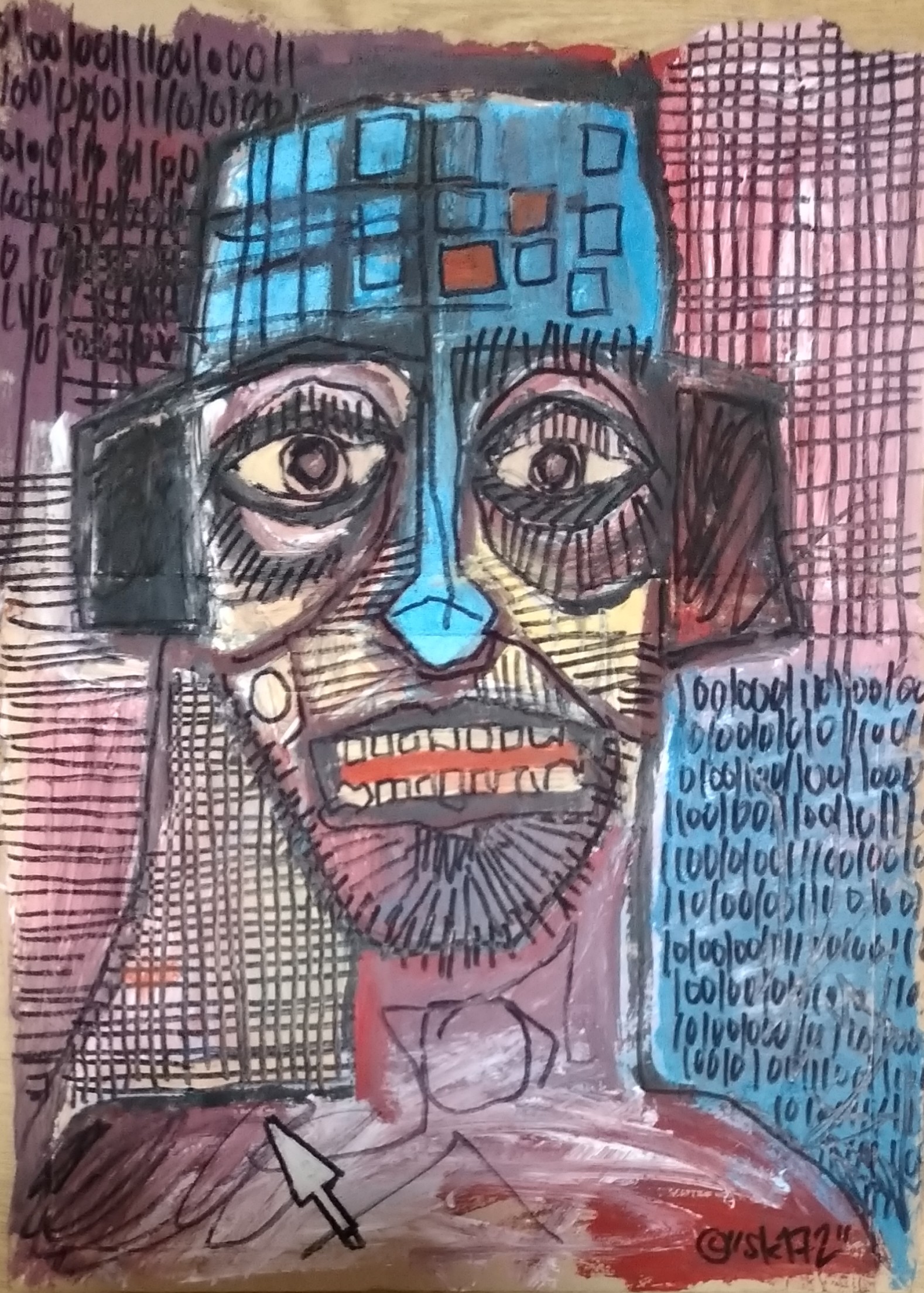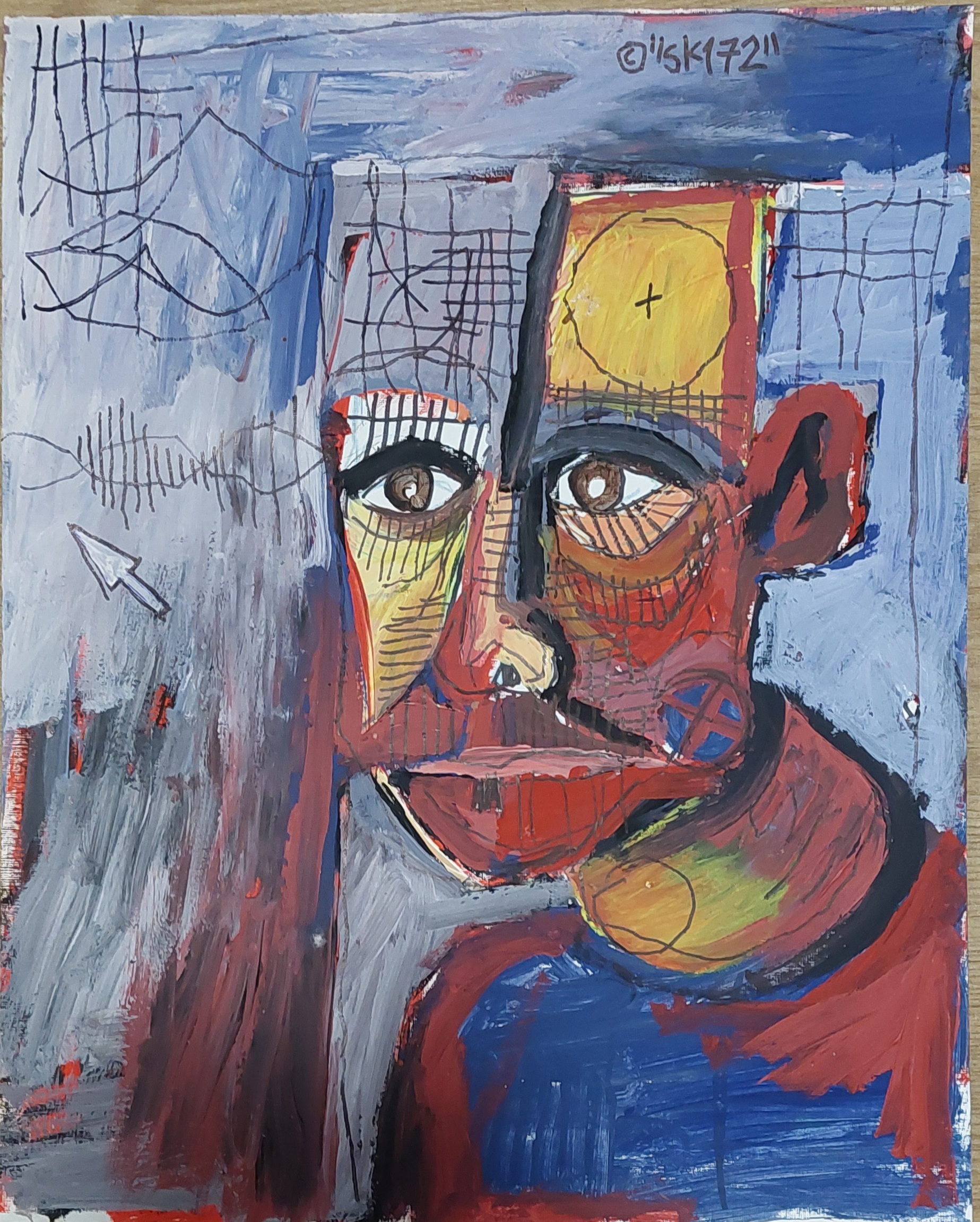A Brief History Of Hallucinations
Hallucinations are part of the human experience across historical eras and cultures. From visionary encounters with spirits in the Middle Ages, to the use of hallucinogenic plants or mushrooms for healing and divinity purposes, to hearing the voices of God in religious context, hallucinations have played important functions in human life.
Before the seventeenth century, the experiences we now call hallucinations were spiritually meaningful and often represented enlightenment or philosophical insight. Hallucinations began to acquire a medical quality over the seventeenth and eighteenth century, but it was not until the 1830s that became linked to medical problems by Jean Etienne Esquirol, a French psychiatrist.
A consequence of the medicalization of the term “hallucination” was the loss of its personal and collective meaning. Today, the term “hallucination” can carry stigma, which may prevent people from talking about their hallucinations or seeking help if they need it.

Cultural influences on hallucinations
Different cultures have different understandings of the relationship between mind, body, and world. These understandings shape peoples’ experiences of hallucinations.
In one study, researchers interviewed adults diagnosed with schizophrenia about their hallucinations across Ghana, India, and the United States. The results showed a striking difference in how culture influences the interpretation of hallucinations – in Ghana and India, people had mostly positive experiences with hearing voices, and more than half heard voices of kin or family members, but in the United States, people reported much more negative experiences with hearing voices, describing them as violent or commanding, and were less likely to know the voices.
The content of hallucinations may also differ across continents, with West African countries showing higher rates of visual hallucinations than European countries.
Some forms of therapy for people who have distressing auditory hallucinations aim to improve the relationship between the individual and the voice they hear.

Reducing stigma
In the media, hallucinations have been misperceived as linked to serious mental illness, violence, or drug and alcohol abuse. Misperceptions about hallucinations may influence public stigma – stereotypes, prejudice, and discrimination, and self-stigma – the internalization of these stereotypes, prejudice, and discrimination. Concerns around stigma may prevent people from disclosing their experiences of hallucinations for not wanting to be considered “crazy”, concern that friends, family, or doctors wouldn’t believe them, or cause people to feel embarrassed or ashamed. These concerns may prevent people from seeking help if their hallucinations are distressing and reduce acceptance of the experience.
In fact, hallucinations are common across a range of medical, psychiatric, and neurological conditions, and many healthy people may also experience hallucinations at some point in their lives. Hallucinations are not necessarily a sign of mental illness and are not necessarily associated with distress.
This website exhibits artworks showing the diversity of hallucination experiences, and what they mean to the people who experience them. By exploring the plurality of hallucinations and their ubiquity in health and disease, we can reduce the fear and stigma of these experiences that challenge our perception of reality.
